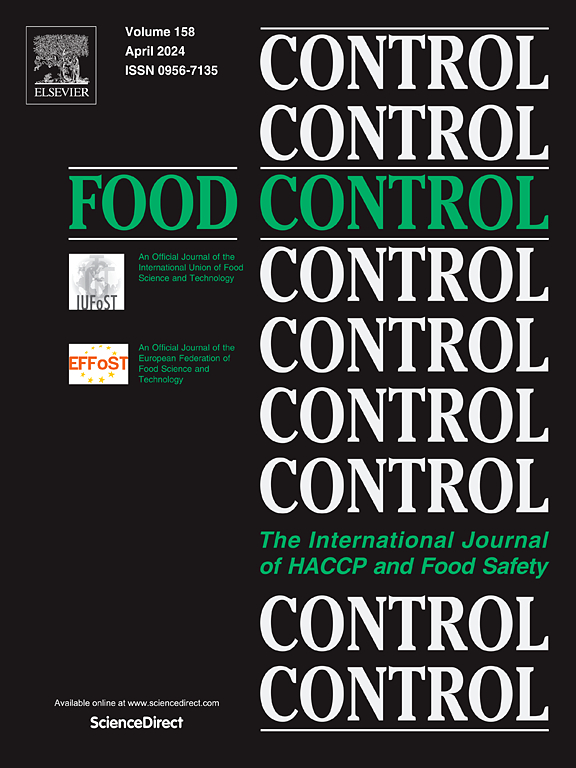Multiphysics analysis for ultrasound settings that can disinfect food: Inactivation of E. coli in apples
IF 5.6
1区 农林科学
Q1 FOOD SCIENCE & TECHNOLOGY
引用次数: 0
Abstract
Ultrasonic technology has shown great promise in enhancing food safety and quality through disinfection. This study provides a rigorous multiphysics analysis to identify the ultrasonic pressure and frequency for efficient disinfection of apples, with a specific focus on eliminating E. coli. In this study the Finite Element Method (FEM) was used to solve the wave and heat equations describing the spectral and spatio-temporal behavior of the ultrasonic signals in the proposed disinfection setup, as well as a thermoacoustic analysis of the system. The food disinfection system included a chamber of 20 cm 9 cm, two piezoelectric transducers, and a whole apple with an average radius of 7 cm. The spectral analysis was performed from 20 kHz to 100 kHz in order to identify the influential frequencies in the disinfection chamber and in the apple. This analysis revealed that there are spatial patterns of ultrasonic signal intensity in the system that depend on the selected operating frequency. This feature makes it possible to distinguish the greatest ultrasonic influence in the disinfection chamber and in the apple. Spatio-temporal analysis was performed to evaluate the thermal effects generated by the ultrasonic signals in the disinfection chamber and in the apple. Then, the ultrasonic irradiation pressure and time for inactivating E. coli in the apple were determined from the thermoacoustic behavior of the system. Finally, microbial analysis and parameter optimization were performed to determine the inactivation rate of E. coli in the disinfection system analyzed in this work.
求助全文
约1分钟内获得全文
求助全文
来源期刊

Food Control
工程技术-食品科技
CiteScore
12.20
自引率
6.70%
发文量
758
审稿时长
33 days
期刊介绍:
Food Control is an international journal that provides essential information for those involved in food safety and process control.
Food Control covers the below areas that relate to food process control or to food safety of human foods:
• Microbial food safety and antimicrobial systems
• Mycotoxins
• Hazard analysis, HACCP and food safety objectives
• Risk assessment, including microbial and chemical hazards
• Quality assurance
• Good manufacturing practices
• Food process systems design and control
• Food Packaging technology and materials in contact with foods
• Rapid methods of analysis and detection, including sensor technology
• Codes of practice, legislation and international harmonization
• Consumer issues
• Education, training and research needs.
The scope of Food Control is comprehensive and includes original research papers, authoritative reviews, short communications, comment articles that report on new developments in food control, and position papers.
 求助内容:
求助内容: 应助结果提醒方式:
应助结果提醒方式:


